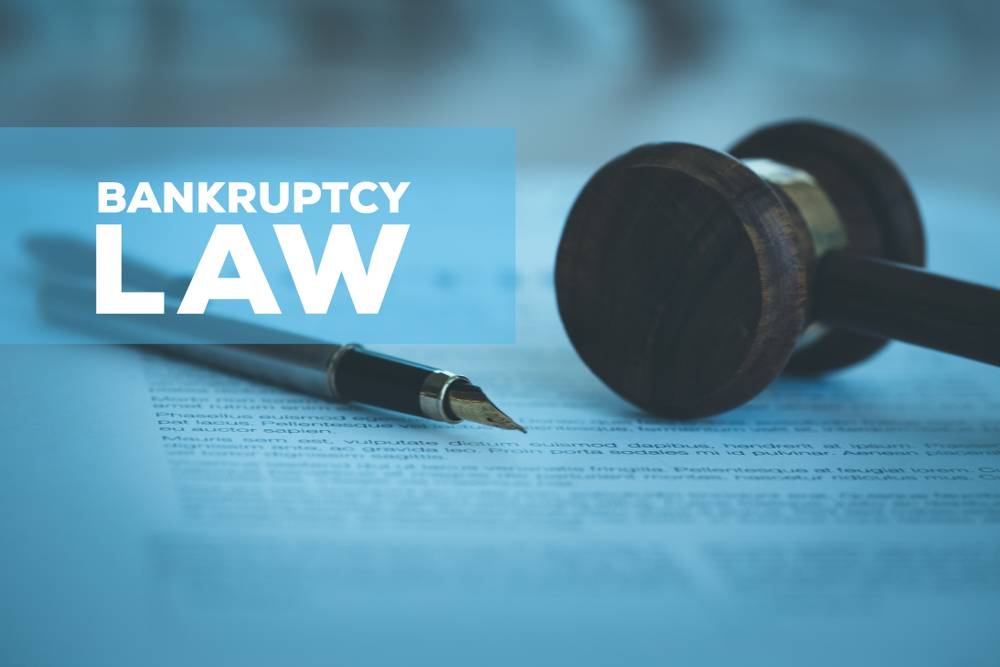 Updated on: March 28th, 2020 3:12 AM
Updated on: March 28th, 2020 3:12 AM
SARFAESI Act
The Securitisation and Reconstruction of Financial Assets and Enforcement of Securities Interest (SARFAESI) Act, 2002, is an Indian regulation which was enforced in the year 2004. SARFAESI was created to allow banks and financial institutions to auction properties (residential and commercial) if the borrowers fail to repay the loans. Also, it enables banks to recover their Non-Performing Assets (NPAs) without the intervention of courts. In this article, we look at the SARFAESI Act in detail.SARFAESI – an Overview
The SARFAESI Act, 2002 grants the powers of ‘seizure’ to banks. Under these provisions, the banks may issue notices in writing to the defaulting borrower insisting the discharge of its liabilities after 90 days of default. (Increased more than 90 days due to Coronavirus and Economic Slowdown) If the borrower fails to respond to such notice, the concerned bank may:- Take possession of the security in lieu of the loan.
- Sell, lease or assign the right over the security.
Applicability of the Act
The provisions of this Act apply to outstanding loans (above Rs. 1 lakh), which are classified as Non-Performing Assets(NPA). NPA loan accounts amounting to less than 20% of the principal and interest are not covered under this Act. The SARFAESI Act isn't applicable for:- Money or security issued under the Indian Contract Act or the Sale of Goods Act, 1930.
- Any conditional sale, hire-purchase, lease or any other contract in which no security interest has been created.
- Any rights of the unpaid seller under Section 47 of the Sale of Goods Act, 1930.
- Any properties are not liable to attachment or sale under Section 60 of the Code of Civil Procedure, 1908.
Rights of Borrowers
The following rights are endowed to the borrowers with respect to this provision:- The borrowers can at any time remit the dues and avoid losing the security before the sale is concluded.
- Where any unhealthy or illegal act is done by the Authorised Officer, he/she will be subject to penal consequences.
- The borrowers will be allowed to get compensation for the defaults of an Officer.
- For rectifying the grievances, the borrowers can approach the DRT.
Methods of Recovery under the Act
The Act makes provisions for three methods of recovery of the NPAs, which includes:- Securitisation
- Asset Reconstruction
- Enforcement of security without the interruption of the court
Securitisation
Securitisation is the process of issue of marketable securities backed by a pool of existing assets such as auto or home loans. After an asset is converted into a marketable security, it is sold. A securitisation company or reconstruction company can raise funds from only the QIB (Qualified Institutional Buyers) by forming schemes for acquiring financial assets.Asset Reconstruction
Asset Reconstruction empowers the asset reconstruction companies in India. It can be performed by means of managing the borrower's business by acquiring it, by selling a partial or whole of the business or by the rescheduling of payments of debt payable by the borrower by the provisions of the Act.Enforcement of security without the intervention of the court
It also empowers banks and financial institutions to:- Issue notices to any individual who has obtained any of the secured assets from the borrower to surrender the due amount to the bank.
- Claim any debtor of the borrower to pay any sum due to the borrower.
Register of Transactions
A register (Central Register) is maintained both in electronic and non-electronic form at the head office of the Central Registry for holding the particulars of the transactions including the creation and payment of security interest relating to securitisation and reconstruction of financial assets.Proposed Amendments to the Act
The Enforcement of Security Interest and Recovery of Debts Laws (Amendment) Bill, provides for the amendment of two Acts, namely the Recovery of Debts Due to Banks and Financial Institutions and SARFAESI Act. The Amendment states the following:- The banks and Asset Reconstruction Companies (ARCs) are granted with powers to transfer any part of the debt of the defaulting company into equity. Such a translation would indicate that lenders or ARCs would become an equity holder, instead of the creditor of the company.
- Banks may now request for any immovable property set out for auction by themselves if they do not receive any request during the auction. In such a case, banks will be capable of adjusting the debt with the amount paid for this property. It allows the bank to secure the asset in partial fulfilment of the defaulted loan amount.
- Banks can also sell this property to a new person by asking him/her to remit these debts entirely over a period of time.
Popular Post

In the digital age, the convenience of accessing important documents online has become a necessity...

The Atalji Janasnehi Kendra Project that has been launched by the Government of Karnataka...

The Indian Divorce Act governs divorce among the Christian couples in India. Divorce...

When an individual has more than a single PAN card, it may lead to that person being heavily penalised, or worse,...

Employees Provident Fund (PF) is social security and savings scheme for employee in India. Employers engaged...


